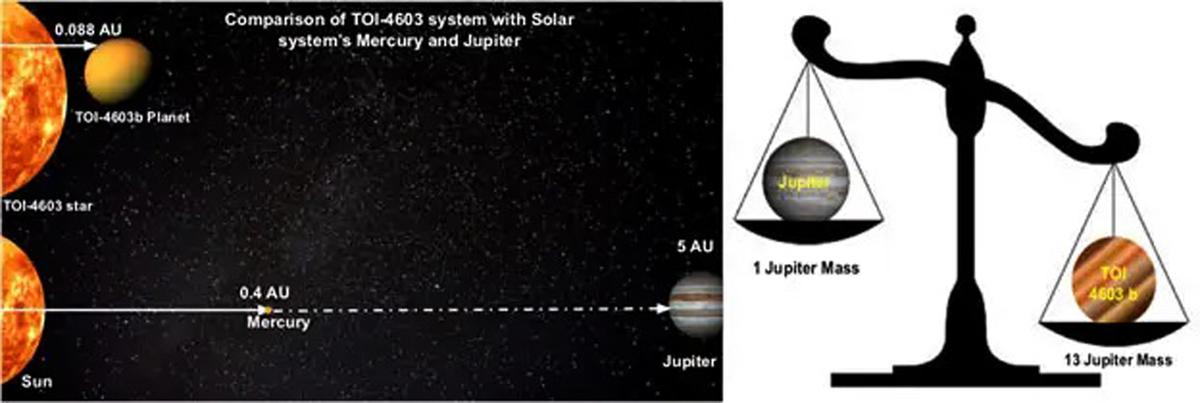MBR Explorer
United Arab Emirates is heading for the asteroid belt.
- The spacecraft, named MBR Explorer after Sheikh Mohammed bin Rashid al-Maktoum, the ruler of Dubai and prime minister of the UAE, is scheduled to launch in 2028.
- Building off the success of its Hope spacecraft, which is still circling and studying Mars, the United Arab Emirates announced plans for an ambitious follow-up mission.
- The mission aims to take a grand tour of the asteroid belt.
- In February 2030, the spacecraft will arrive at Wester Wald, a 1.4-mile-wide asteroid, zipping past at 20,000 mph on its way to visit 6 more objects in the asteroid belt between Mars and Jupiter.
- The mission would get a more detailed look at the surface of the asteroid.
- This helps to understand the interior density and the structure of the asteroid.
- Justitia – The seventh asteroid, Justitia, is the most intriguing.
- About 30 miles wide, Justitia is very reddish, an unusual colour for an asteroid.
- Indeed, it looks more like one of the small icy worlds found in the Kuiper belt, circling the sun beyond the orbit of Neptune.
- That has led planetary scientists to speculate that Justitia formed in the outer reaches of the solar system and then was scattered inward by the shifting orbits of the giant planets, eventually joining the asteroid belt.
- A visit to Justitia would provide a close-up study of a Kuiper belt object without the long trip to the solar system’s distant reaches.
- The MBR Explorer is scheduled to sidle up within a few hundred feet of Justitia in October 2034.
- It will spend at least 7 months studying it with cameras and spectrometers that will be able to identify the asteroid’s composition, including the presence of water.
- The reddish colour is believed to point to carbon-based molecules that are the building blocks for life.
- The spacecraft will also drop off a small lander to set down on Justitia’s surface.
